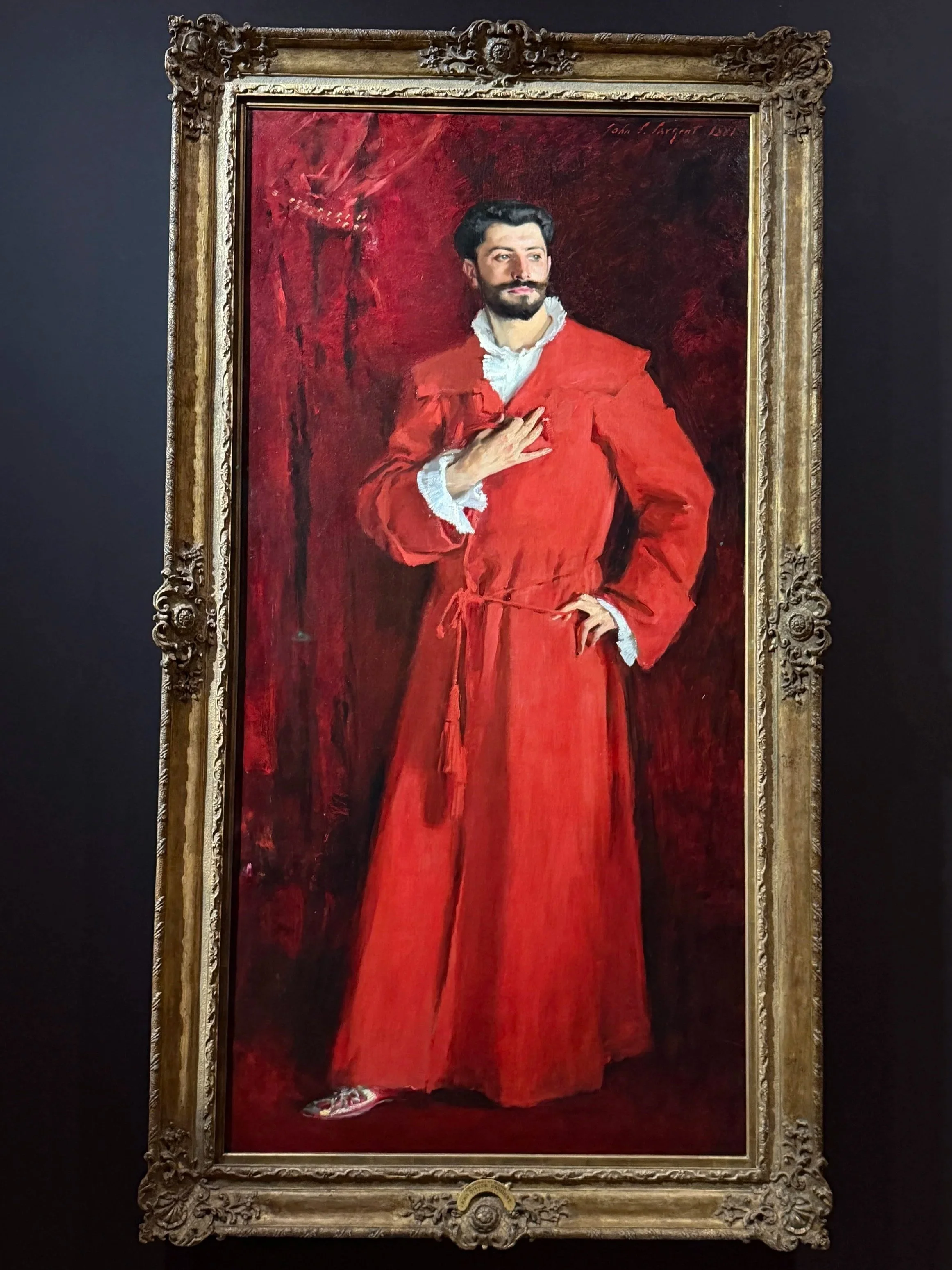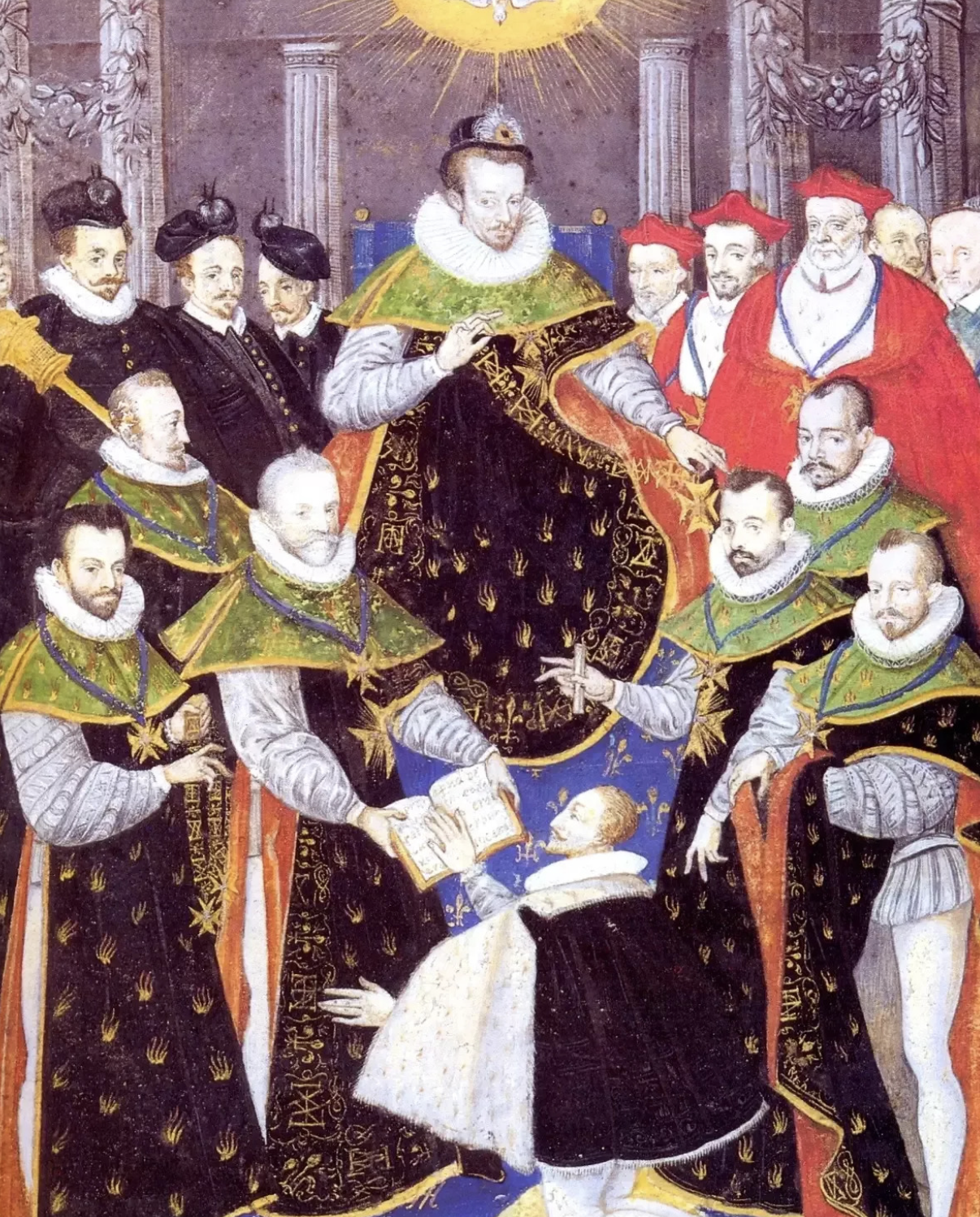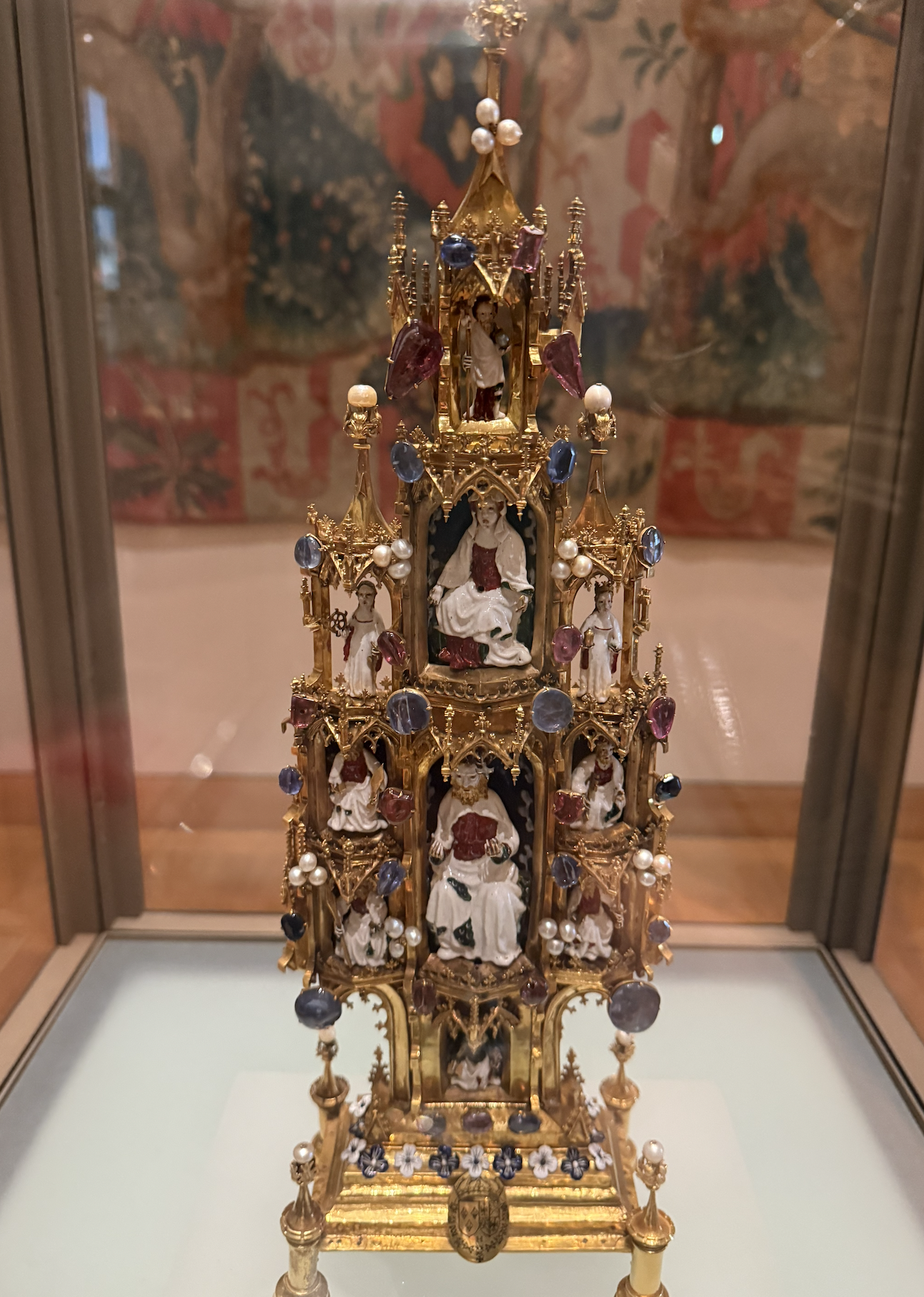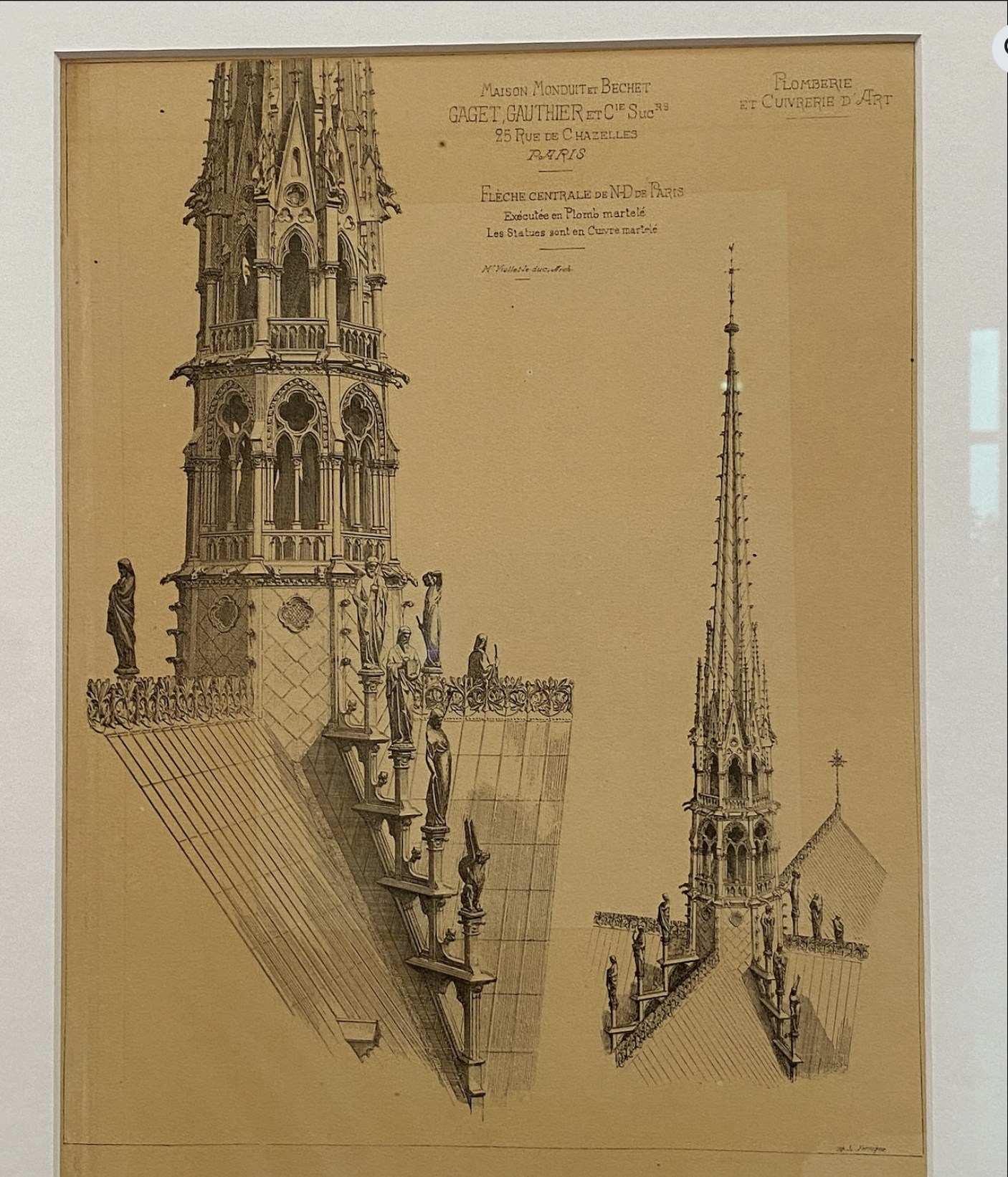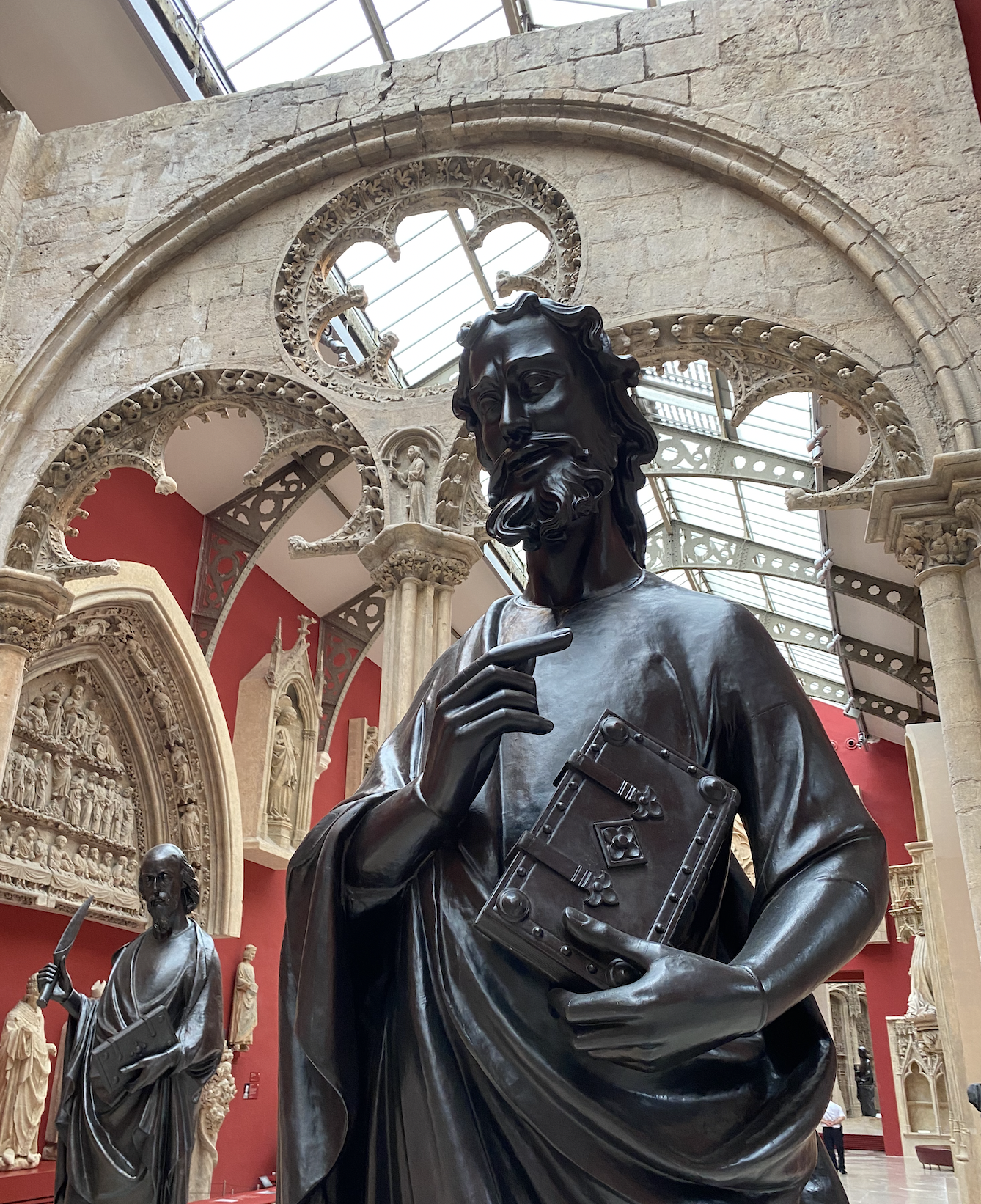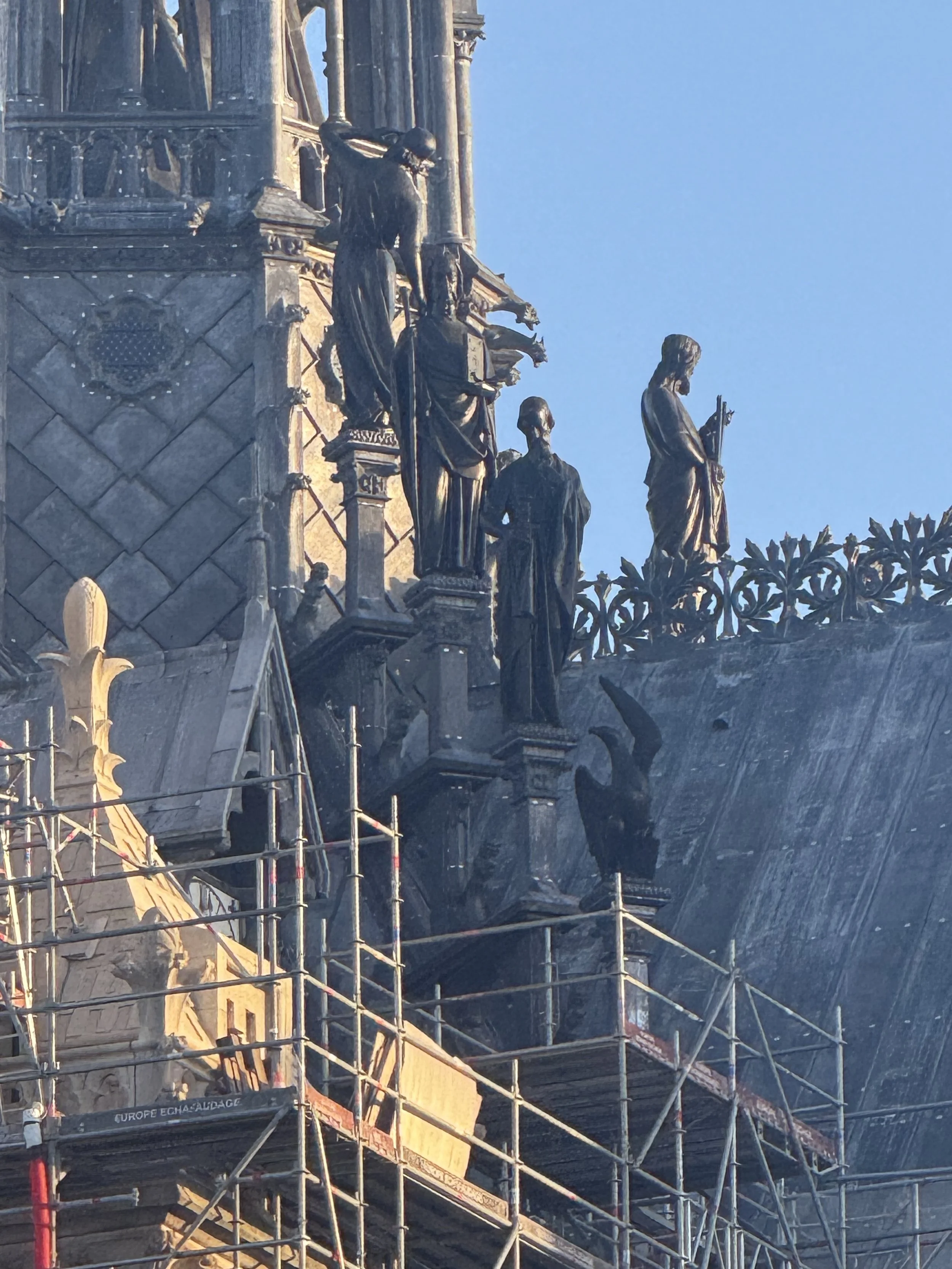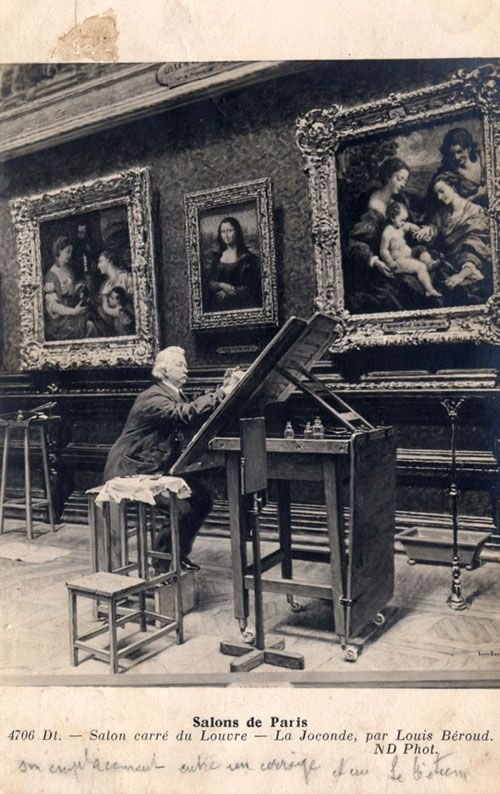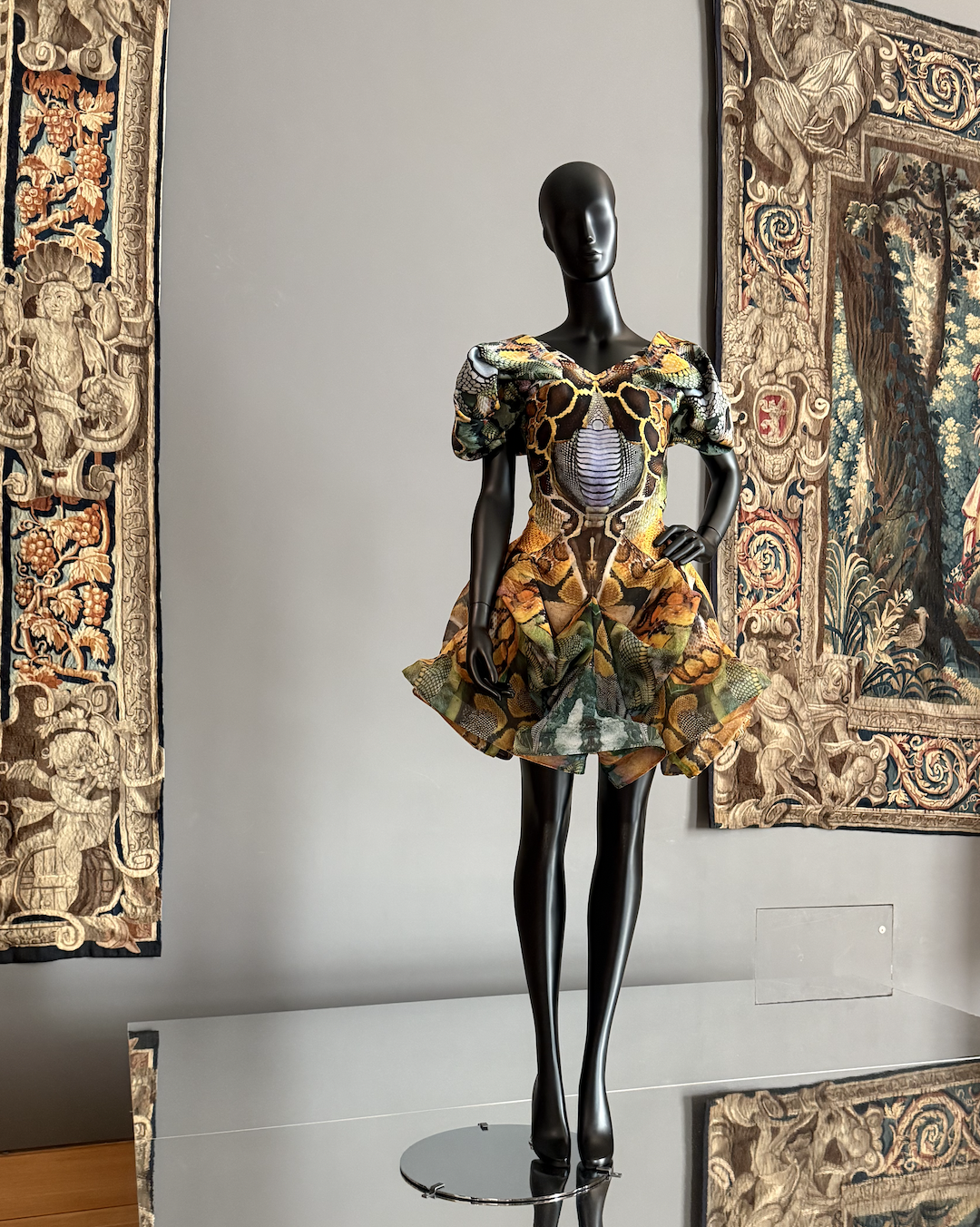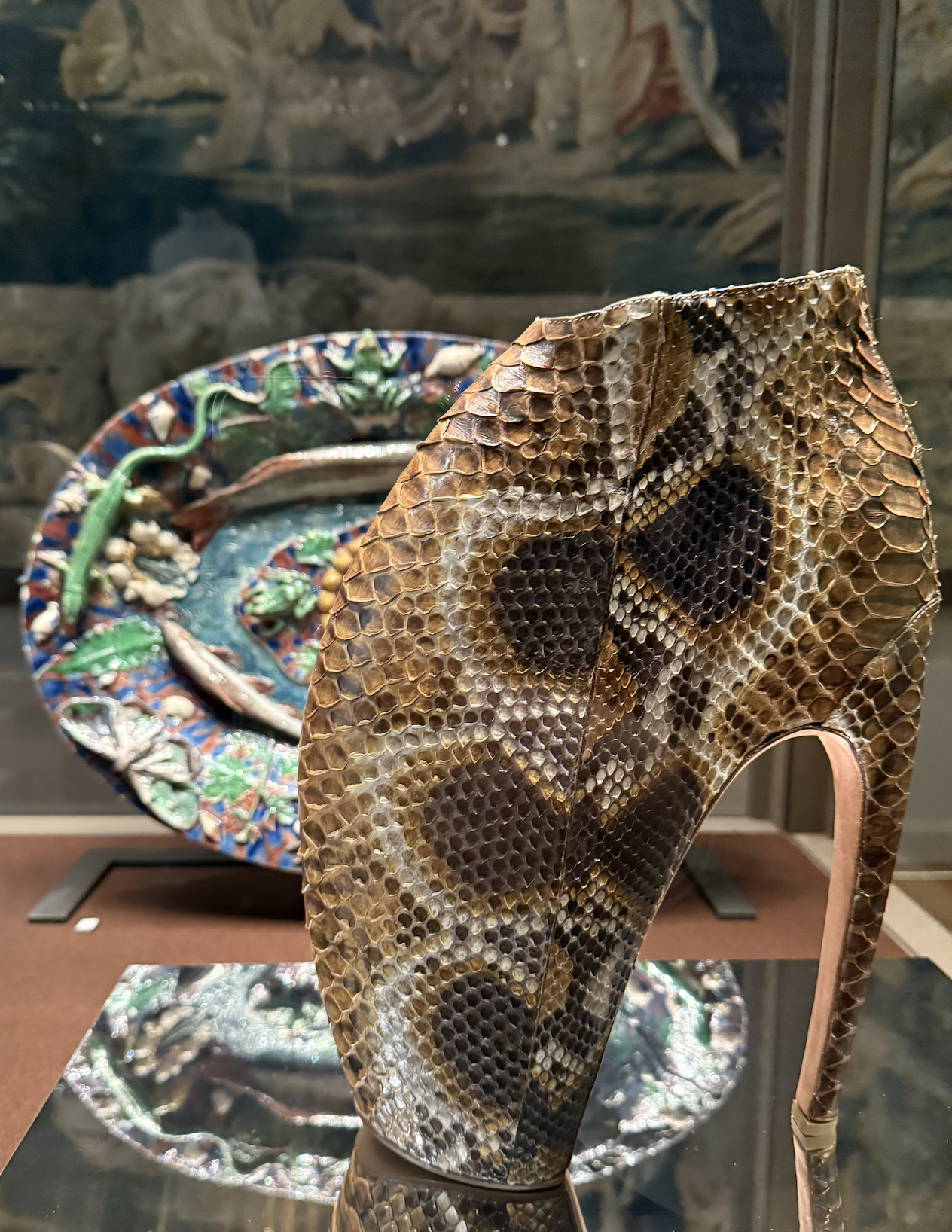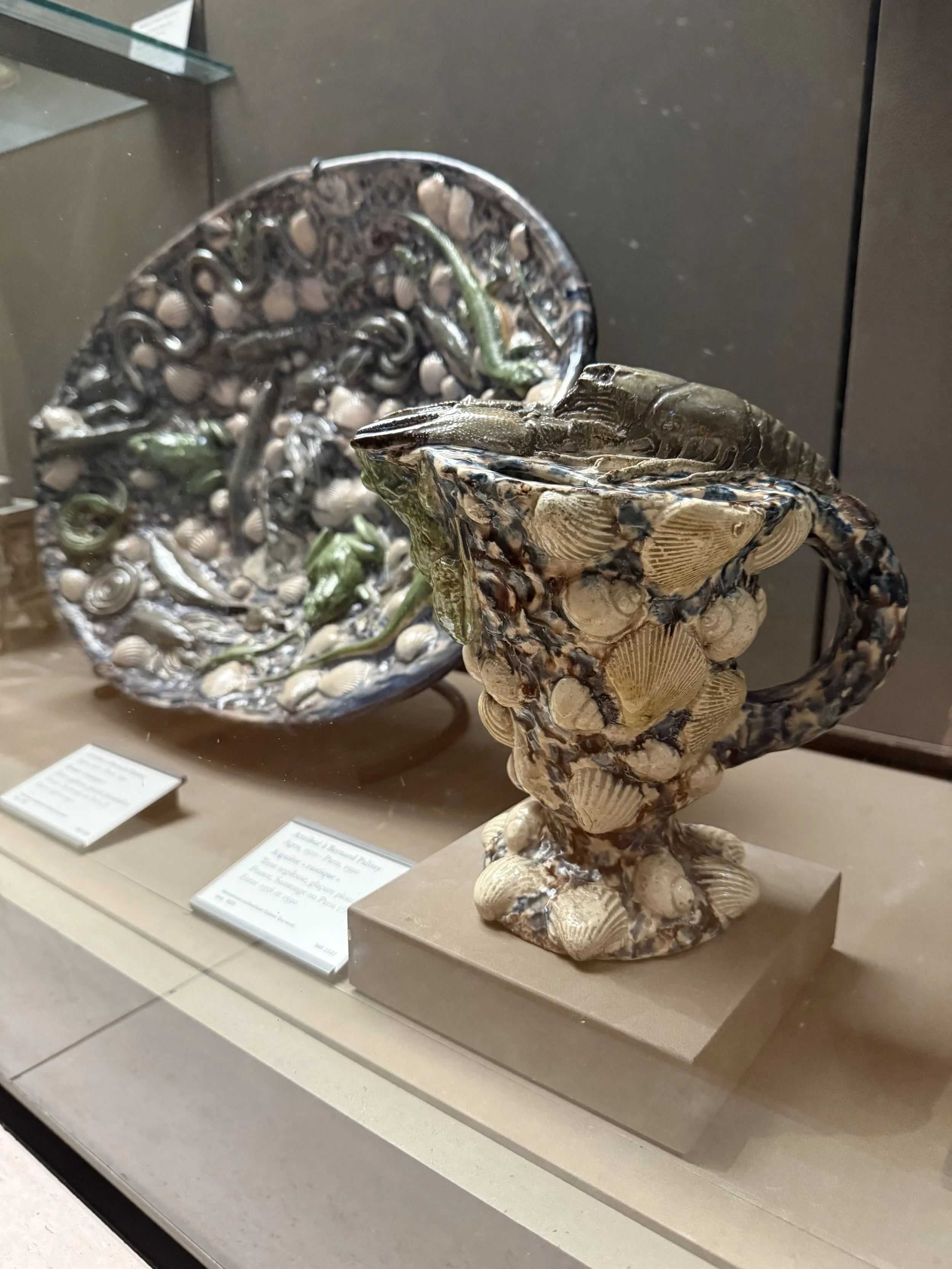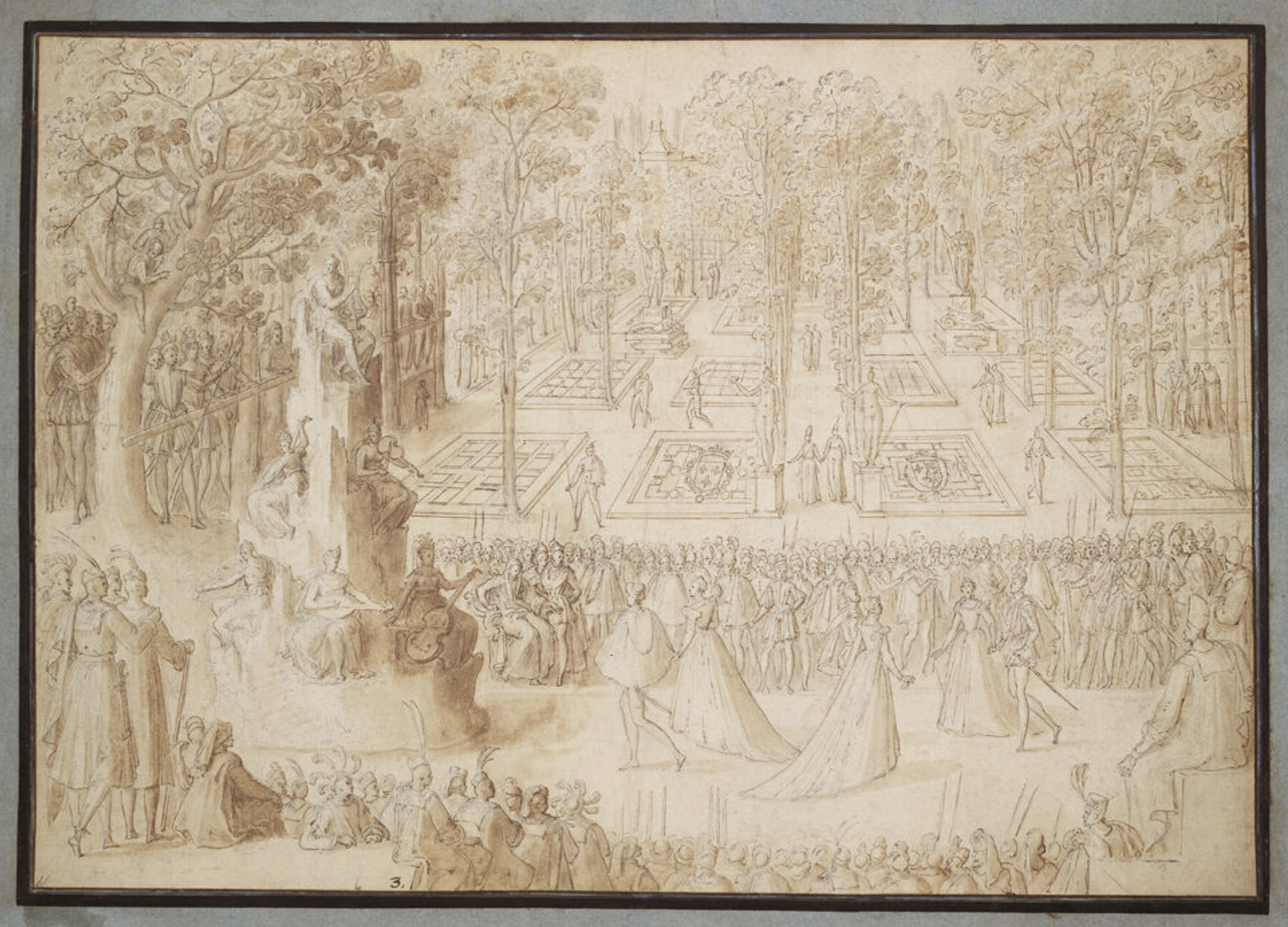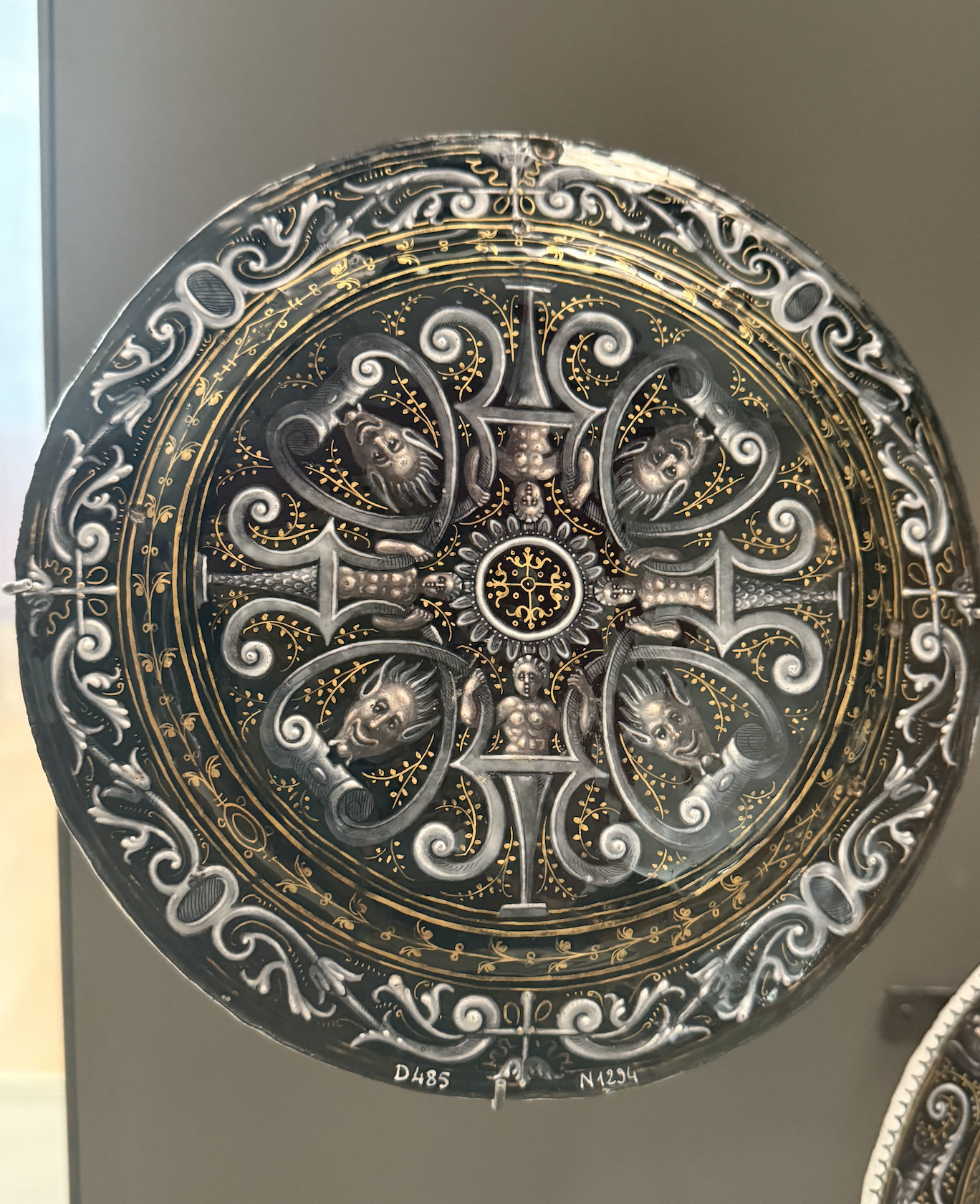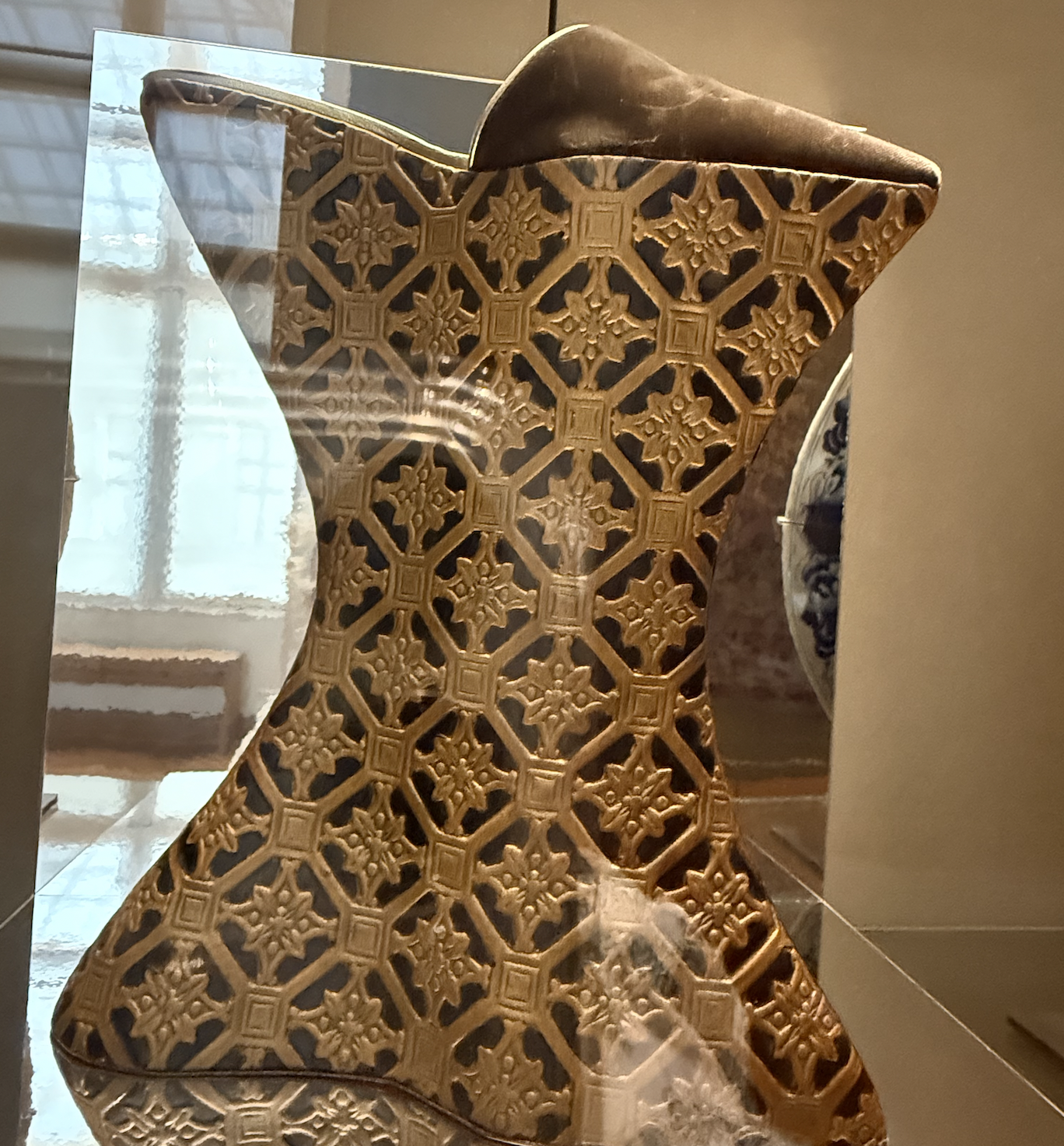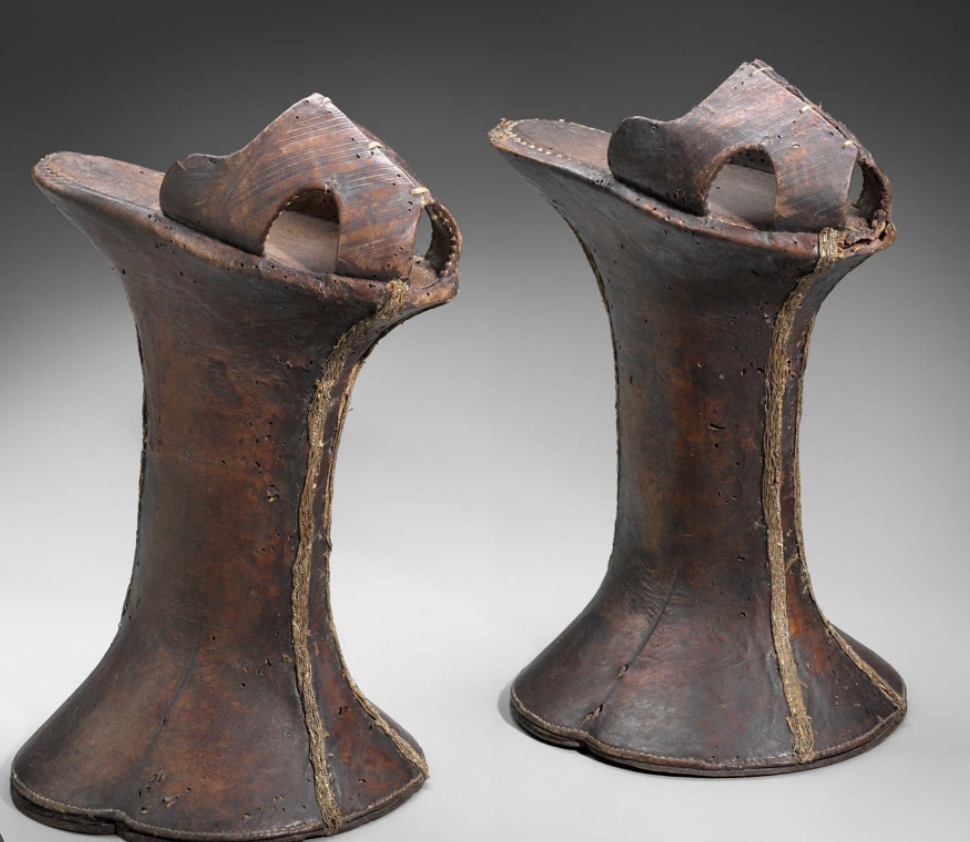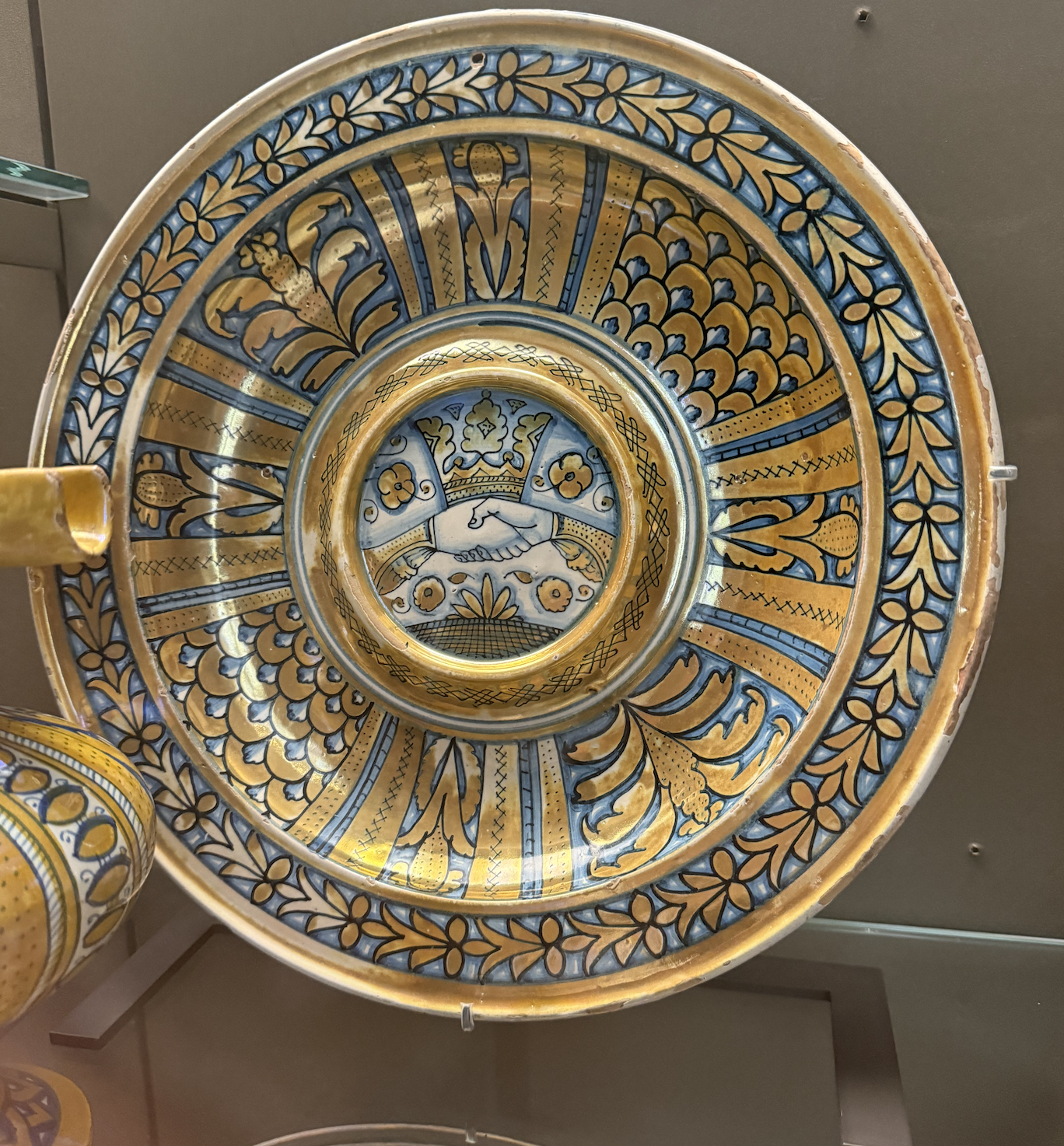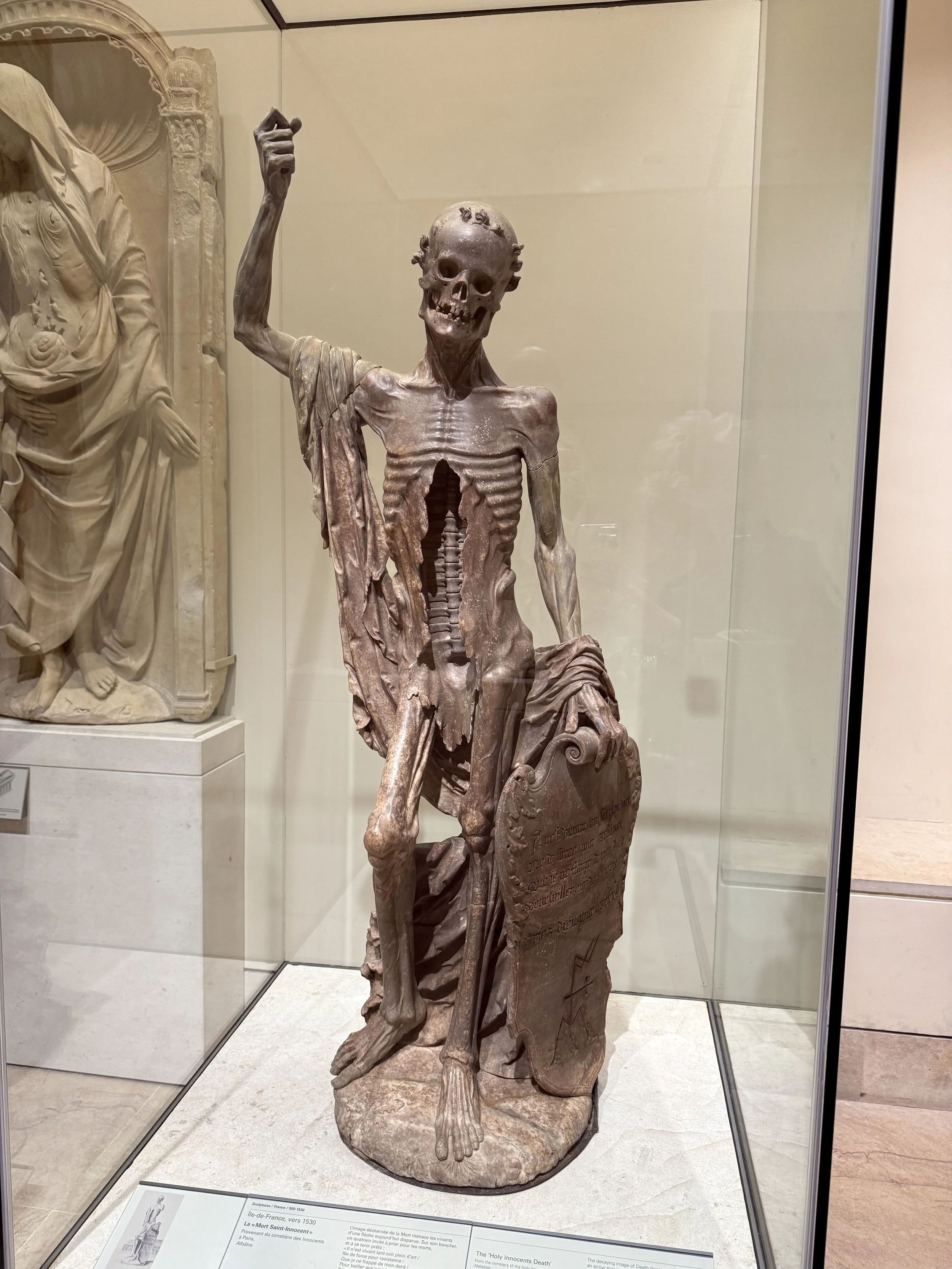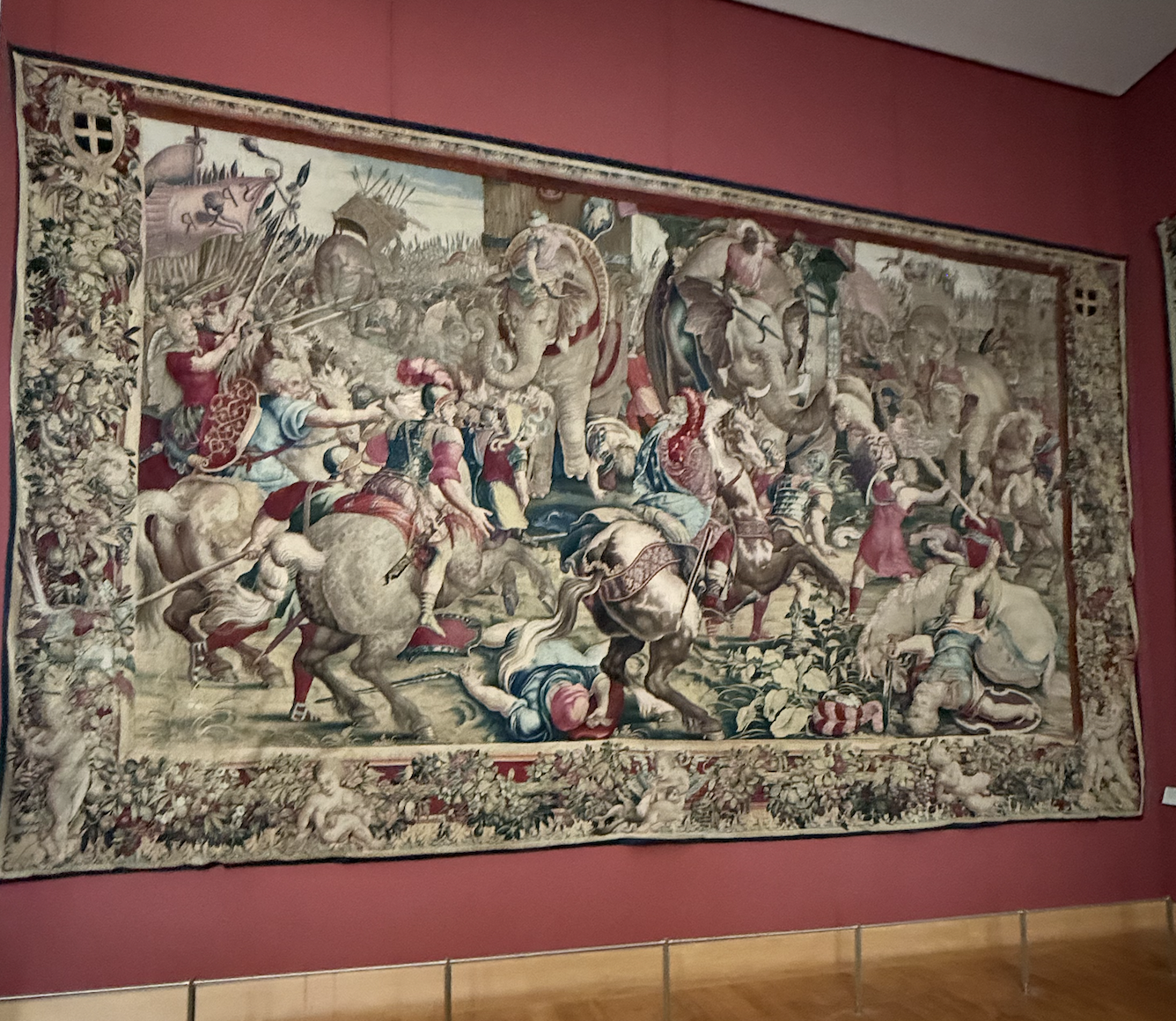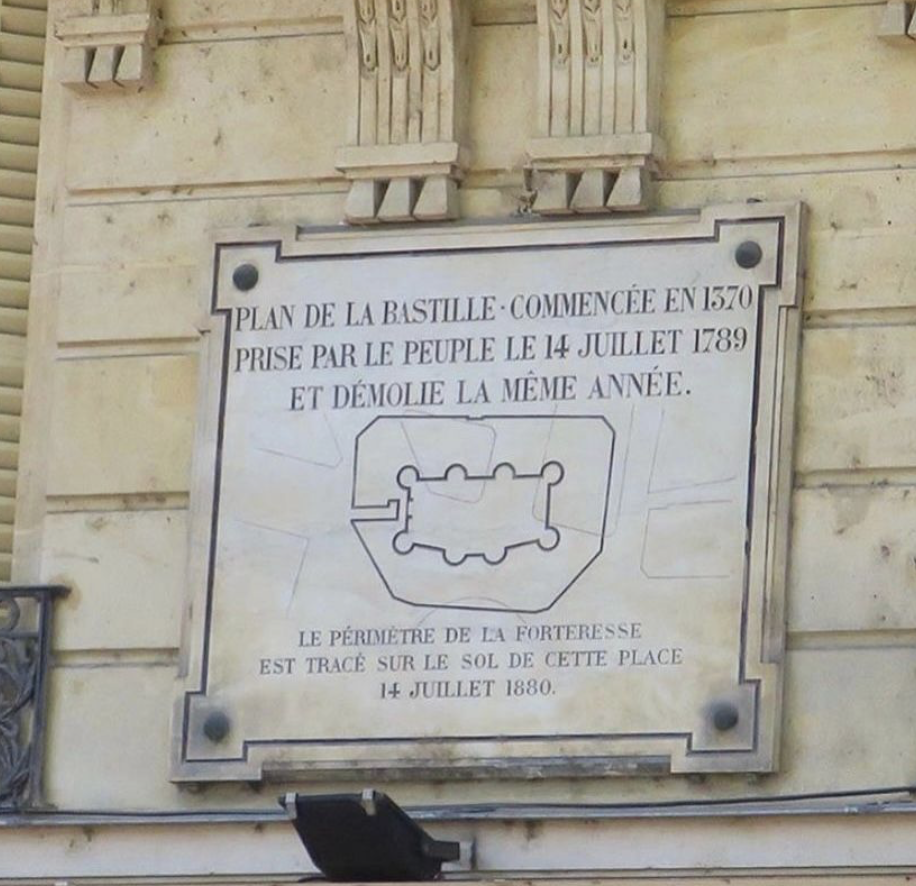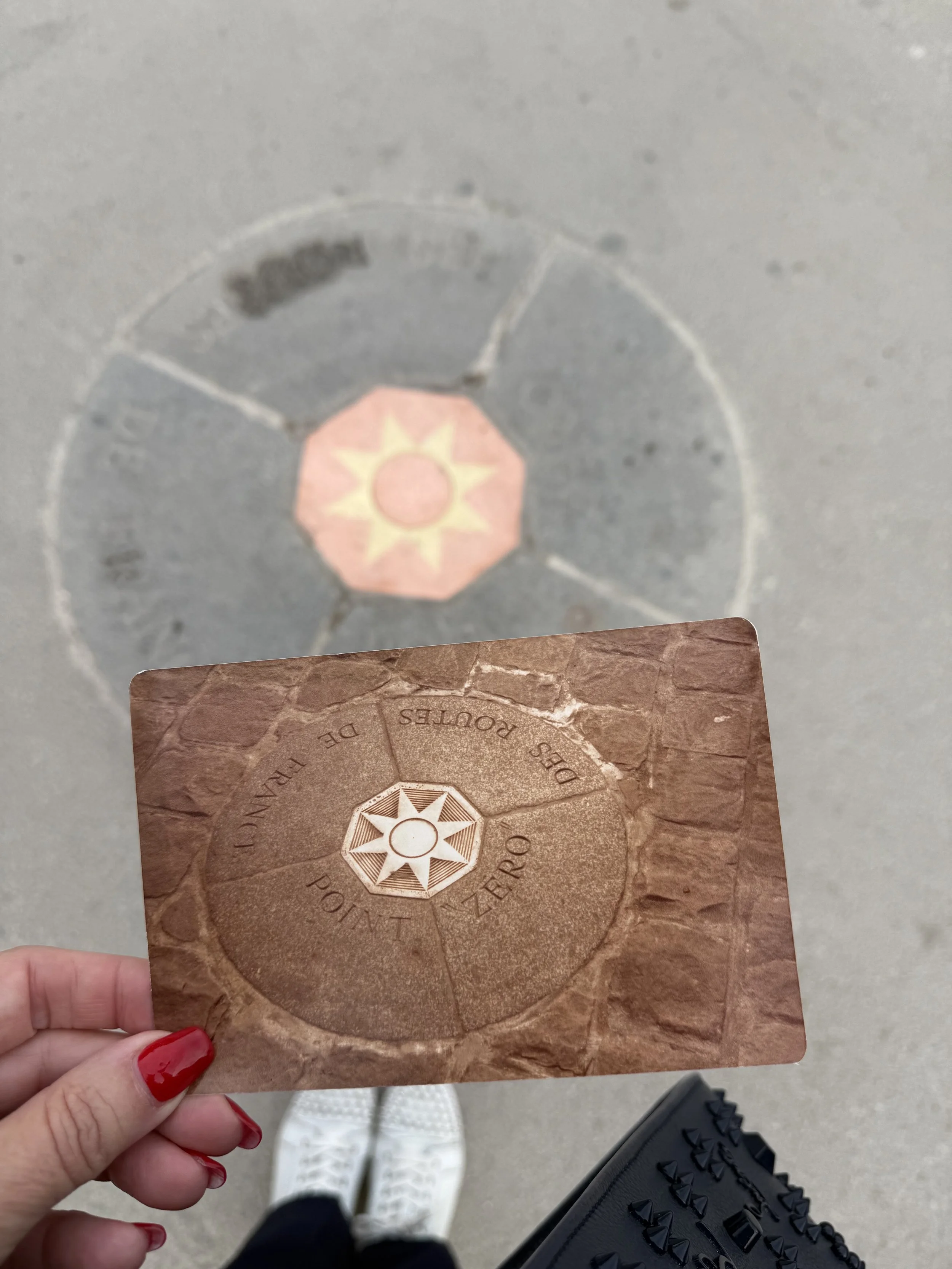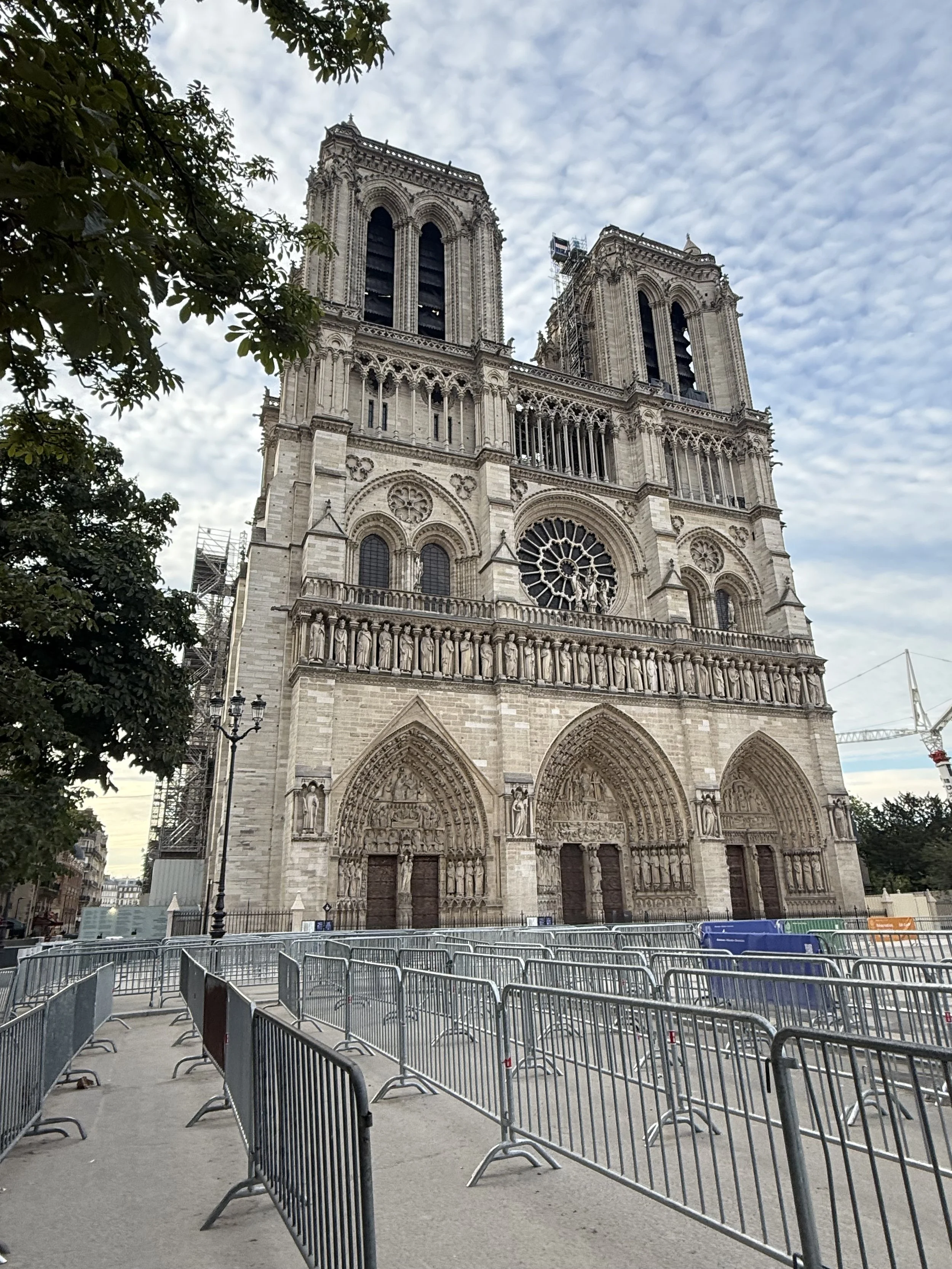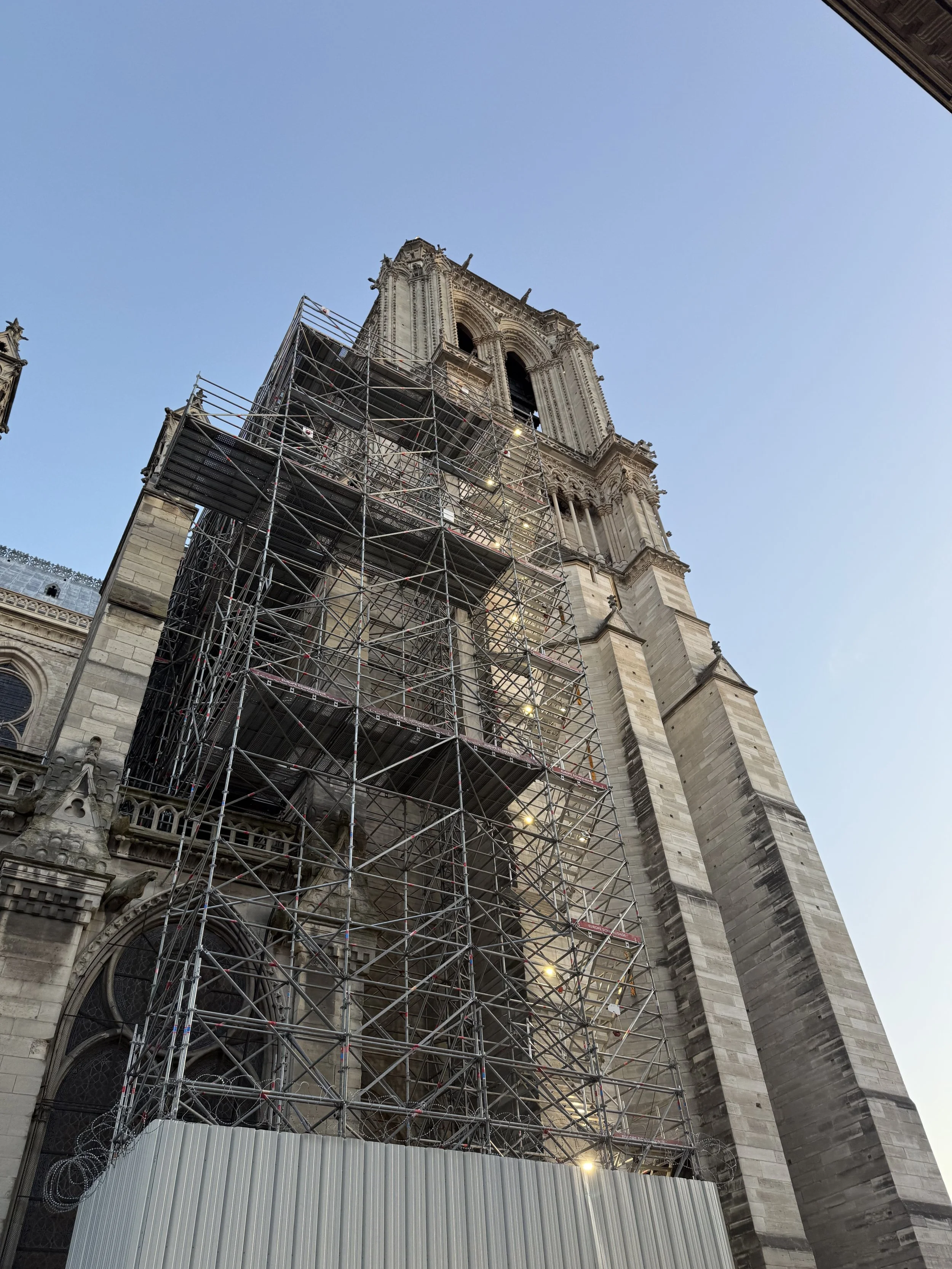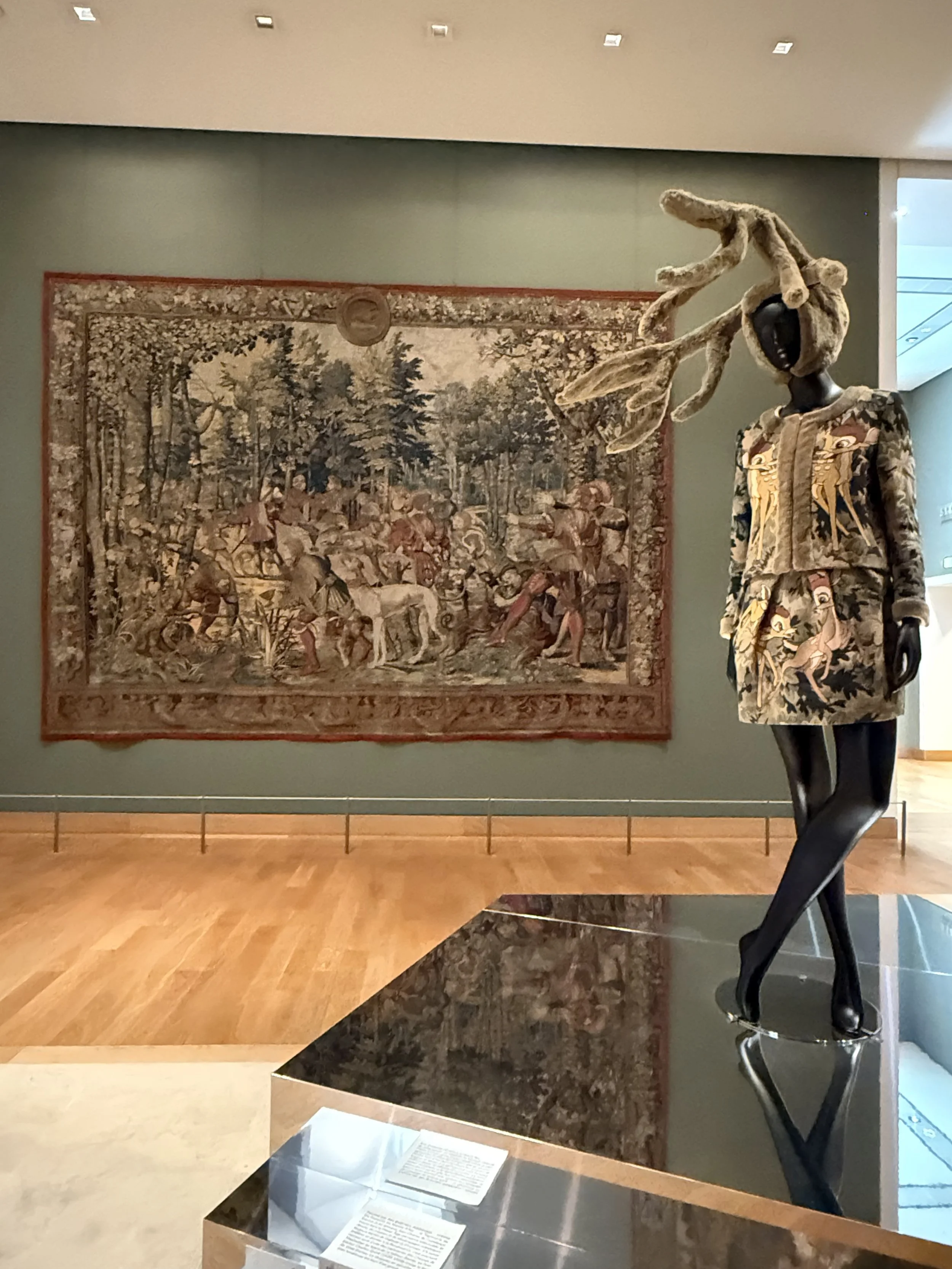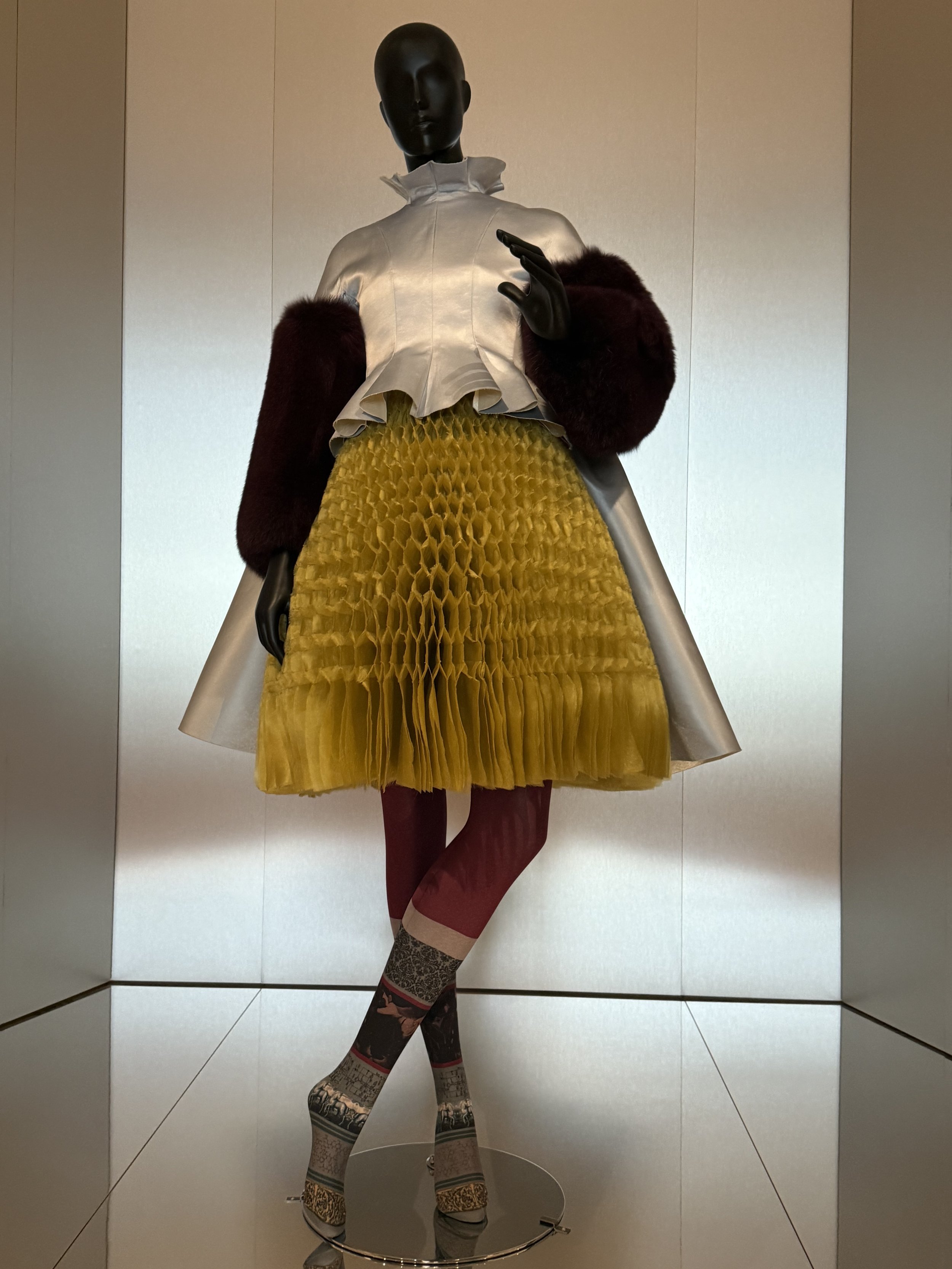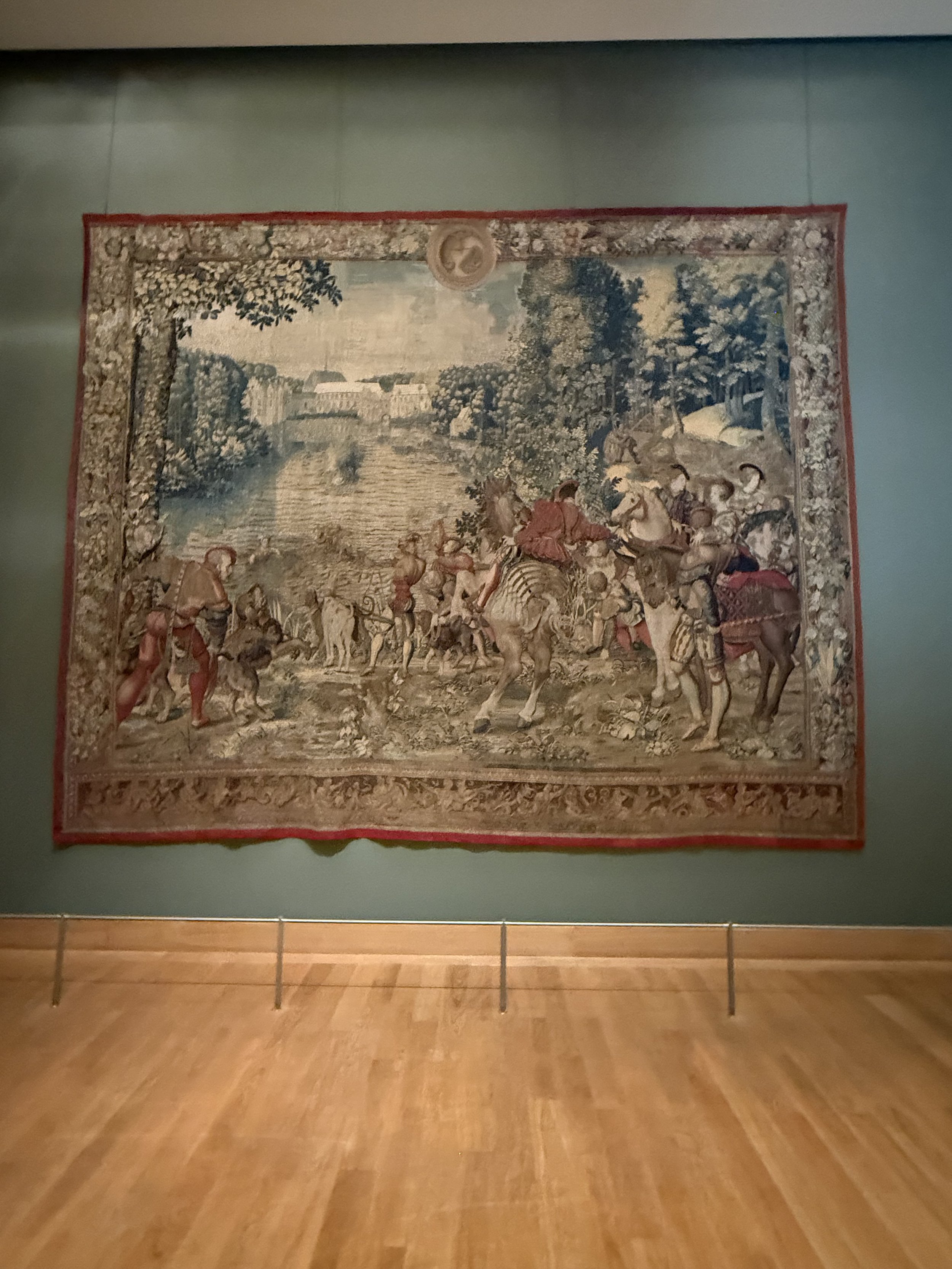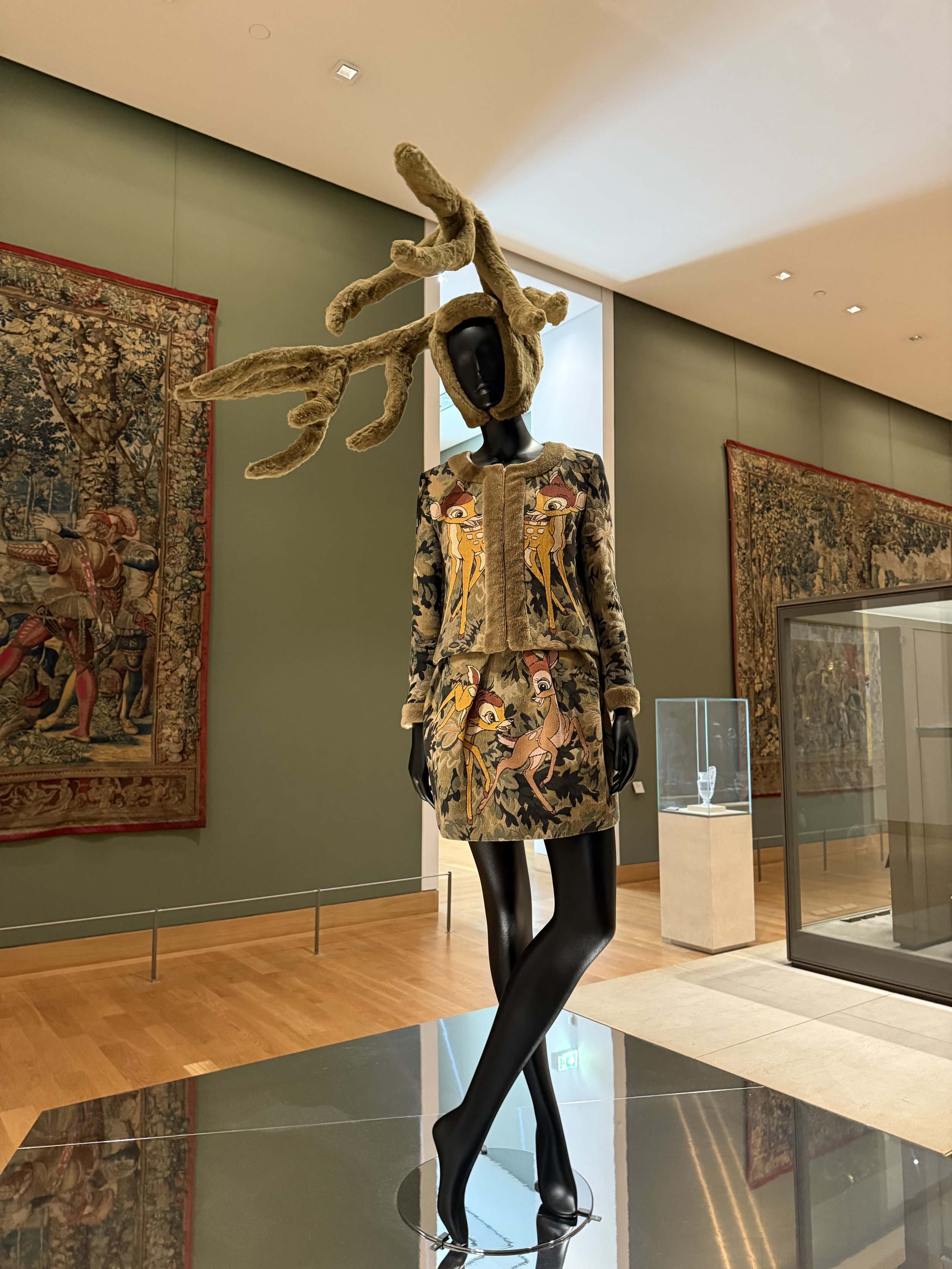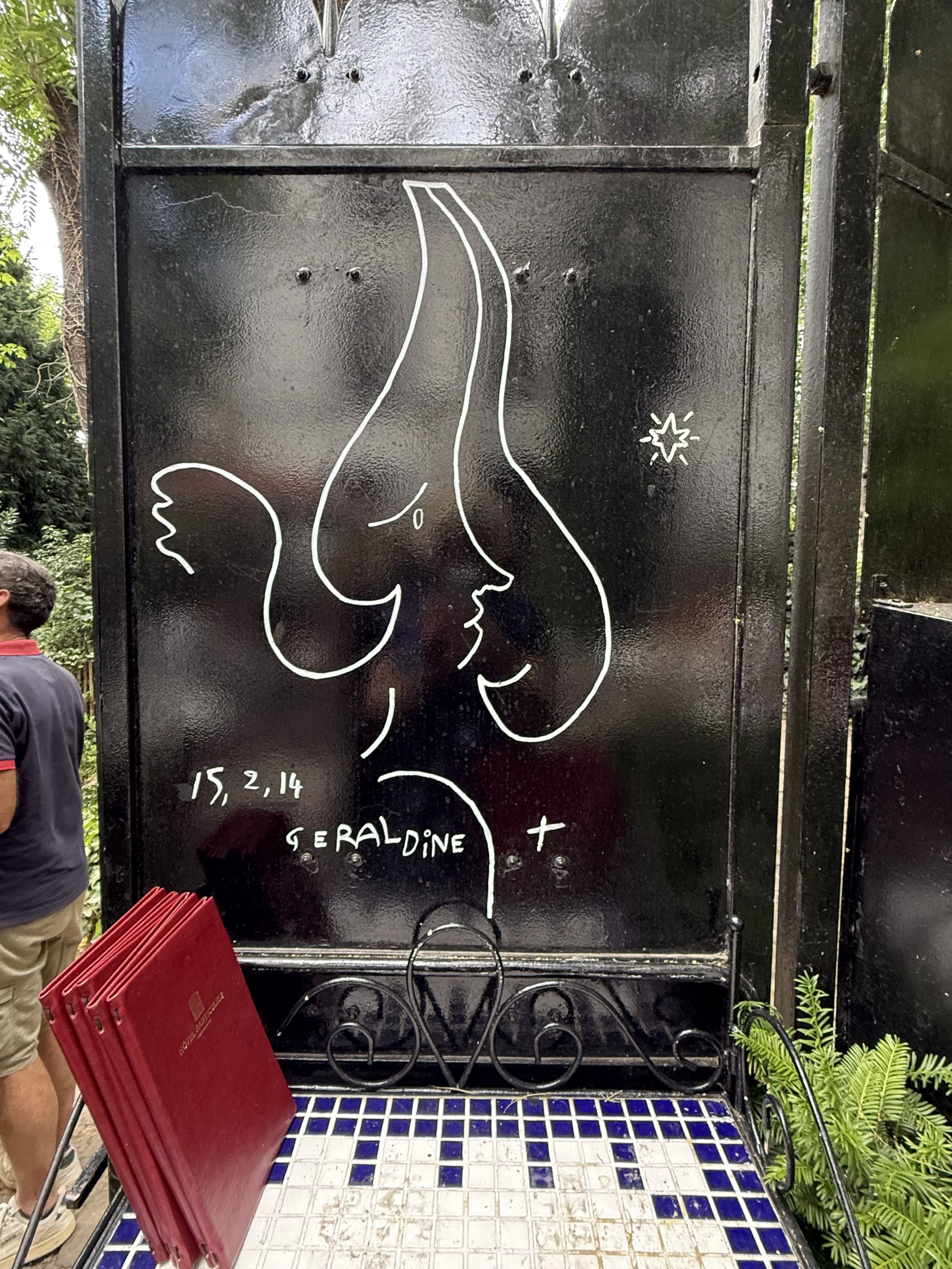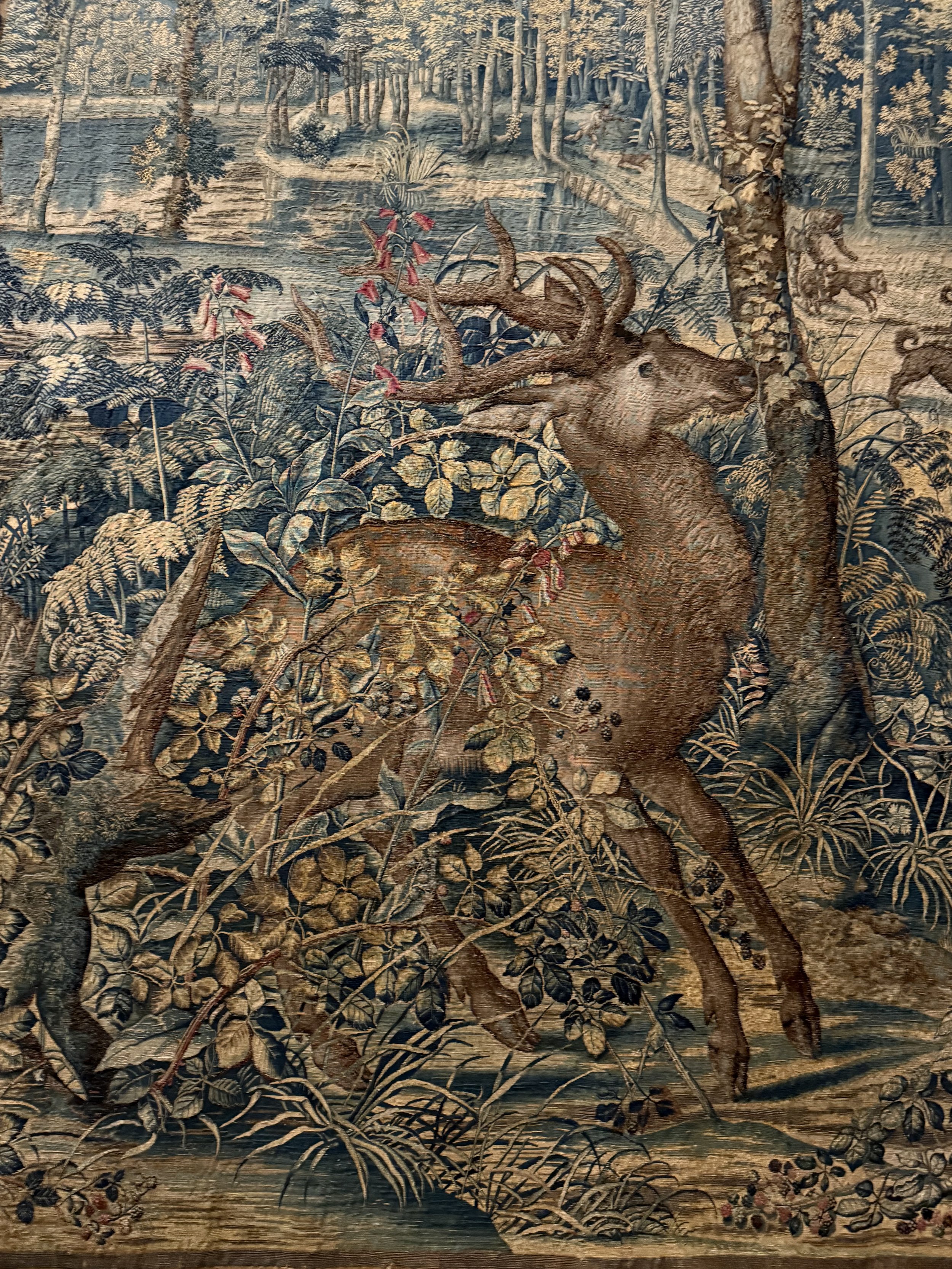This week is the 232nd anniversary of the death of the French queen, Marie Antoinette. In the first year of the podcast in 2020, we delved into the life of Marie, from her birth to her death, and explored how she is viewed today.
In Part Two, Marie, who was embroiled in the Affair of the Diamond Necklace, which led to her downfall, although she had nothing to do with it. Part trois began in Spring 1789, when the Estates General opened with an attack on the queen; it was going to go downhill from here.
On June 4th, upon the death of their son, they were not able to be with him when he died or attend his funeral at the Basilique Saint Denis due to the optics of spending more of the state's money.
On October 1 and 3, two large parties were held for the king's guards and the Flanders Regiments. While the people of Paris were starving and unable to get bread, a lavish dinner at Versailles was the final straw. Before dawn on October 5, a large group met in front of the Hotel de Ville. Breaking in and stealing more than 600 weapons, a group largely made up of women took off from Paris. In the pouring rain for over 5 hours, they walked in the mud, arriving at Versailles. Demanding to be let into the National Assembly, their spokesperson, Stanislas Maillard, read their demands for wheat, flour, and an end to the blockade of the route into Paris. They agreed and took it to Louis XVI to sign. The king agreed, and we could be done with this story, but we know it ends differently.
Overnight, the crowd gathering outside grew restless, and the guards pushed back. The angry mob rushed the palace, killing the queen’s guards and calling out her name through the gilded halls of the palace. The royal family finally agreed to go with the crowd back to Paris, leaving Versailles and the life they knew behind.
Their prison was the Palais des Tuileries, where they could be watched closely, but still lived a life of comfort. Things went along for two years until June 20, 1791, when they decided to escape. The Flight to Varennes, the unsuccessful escape to freedom, would begin with one delay after another and end with their return to Paris. After being recognized from a coin with the image of Louis XVI in the small town of Viels-Maisons. On June 22, they would return to the Tuileries, this time with fewer of the luxuries they enjoyed before.
On August 10, 1792, the Tuileries were stormed, the Swiss guards were killed, and the royal family ran for their lives through the garden. Arriving at the National Assembly, the king was given wine and treated like a king. Marie and her children were put into a small, locked room. That night as they ran, the monarchy slipped through their fingers. The next day, they were sent to the Temple prison, and in a few short months, the king would be killed.
On January 21, 1793, Marie Antoinette, her sister-in-law Elisabeth, and her two children heard the sounds of cannons and people rejoicing in the distance, and at that moment, they knew Louis XVI was dead.
In the summer of 1793, Marie was ripped away from her children and would spend her last months at the “antechamber of death,” the Conciergerie. In the dark of night on October 15, in a sham of a trial, she was convicted and sentenced to death. Within a few hours on the morning of October 16, she was taken on a cart through the city of Paris and to her death in the Place de la Révolution, today's Place de la Concorde.
Support my writing and stories of Paris by joining my Patreon page and get lots of extra goodies including discounts on my tours in Paris, trip planning and custom history just for you. Patreon link in bio.
















